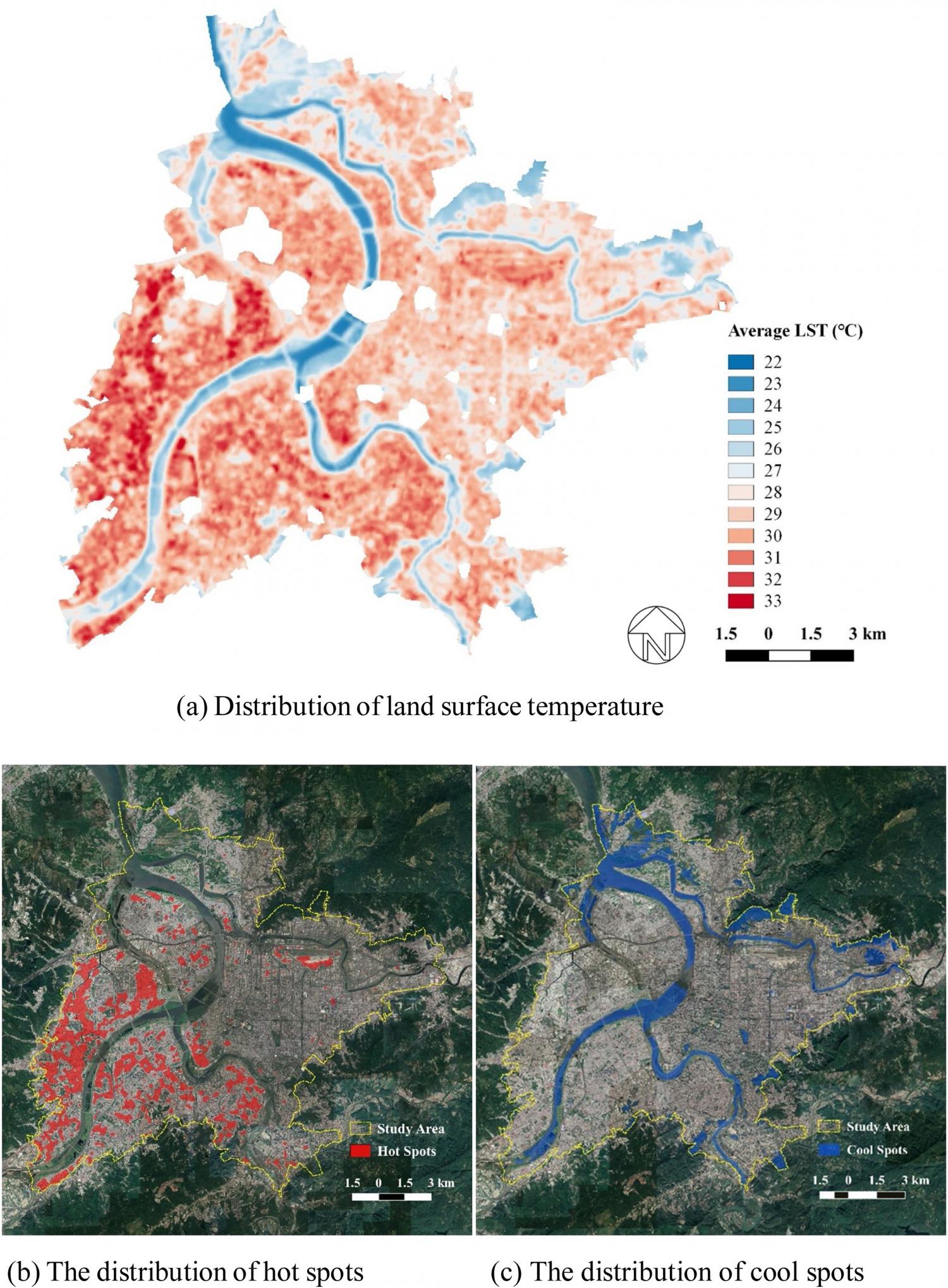
Elsevier, Sustainable Cities and Society, Volume 62, November 2020
This paper assesses the influence of land development patterns on intra-urban thermal variation in a densely-developed subtropical city, considering joint effect from greenspace pattern and built-up geometry. Despite growing research on urban climates, research at a scale that can support urban planning with scientificallyinformed strategies is still not as well documented for warm climate cities as for temperate cities. In response, this paper uses land surface temperature and geoinformation to assess the subtropical city of Taipei, Taiwan. Results show cooler environments are not only associated with natural surfaces, but also their interrelation with different spatial arrangement of buildings. An open layout tends to have lower temperature at low- to mid-rise buildings, whereas a compact layout is the coolest form for high-rise buildings. Cooling benefit from open layouts is, however, related to an increase in greenery. Clustering distribution of greenspaces produces more notable cooling. Accordingly, this paper proposes four heat mitigation strategies for Taipei: 1) increasing the amount of water bodies and vegetation, with greater coverage and coherence; 2) taking building height and shadow into account during regeneration/development; 3) increasing spacing and greenery between low- to midrise buildings; and 4) avoiding construction of compact low-rise buildings with corrugated iron steel.
